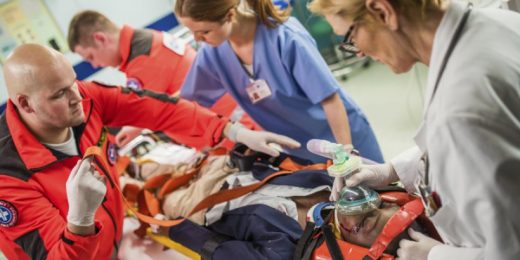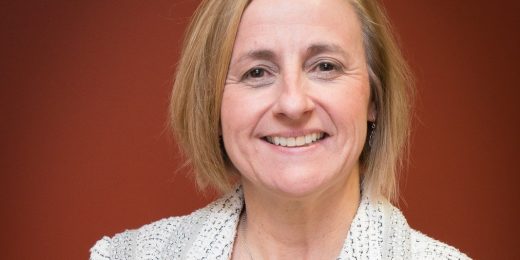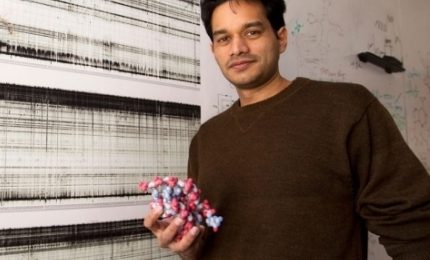Billboards nationwide boast emergency room wait times — an oft-cited statistic of efficiency. But one way to boost efficiency, without increasing cost, may be to …
Month: May 2016
Immunotherapy: New hope in treating cancer
There's a new kid on the block in cancer treatment. Actually it's an old kid who's been around for awhile but is being heralded …
Countdown to Big Data in Biomedicine: How gamers have advanced the RNA field
How does a "slightly bananas side project" (his words) in a biochemist's lab help accelerate researchers’ understanding of RNA? During last year's Big Data in Biomedicine conference, Stanford biochemist Rhiju …




